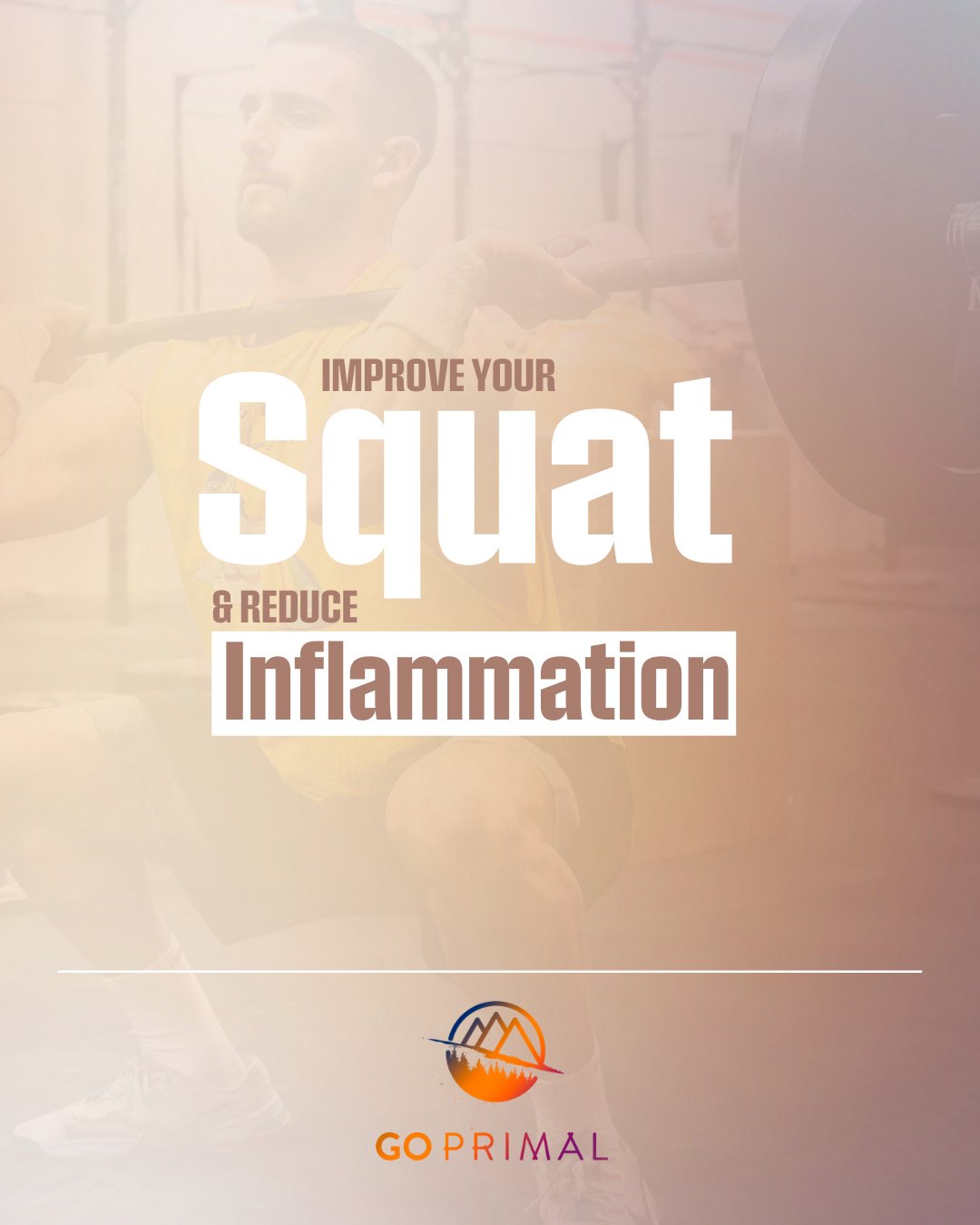
You are probably not breathing right during exercise.
Rethinking Your Breathing: How to Improve Breathing During Exercise
Do you know that your breathing affects your performance during exercise? If not, this post will explain everything about breathing rate during a workout!
When exercising, your breathing rate is more than that during the resting phase. This happens because your muscles are working harder, and the demand for inhaling oxygen increases and exhaling carbon dioxide decreases. Studies say that your breathing rate during exercise, running, or any other challenging task is about 15 times a minute (1), higher than your resting breathing rate.
Your body has to suffer the consequences if you don't breathe at the required rate to maintain the necessary amount of oxygen in the body. This post will explain why you need to rethink your breathing rate and why it's essential to optimize your breathing during exercise.
If you ever thought about how to breath during crossfit® workouts, or how to breath when lifting heavy or what's the best way to breath when doing endurance sports... keep reading.
CO2 and O2: Do Big Breaths Improve Oxygenation of Cells During Exercise?
Do you need to breath big before or during exercise?
No, it's a common misconception that if you take bigger breaths during exercise, your cells will get more oxygen. The oxygen saturation in the body always remains 95 – 99%, but it can never be 100%. A slight improvement in your oxygen saturation by big breaths doesn't mean you can achieve 100% oxygen saturation.
A balance between CO2 and O2 is vital to sustaining life. Oxygen acts as a fuel for the body and is required to function. CO2 is the oxygen transporter involved in transferring oxygen from the blood to the tissues.
During exercise, your focus shouldn’t be big breaths to inhale more oxygen, but you should look for ways to improve the delivery of oxygen to tissues. The high levels of CO2 during exercise trigger the release of O2 from haemoglobin.
If you're breathing too much, you'll end up exhaling too much carbon dioxide, much more than the excess amount that was necessary to remove. When the carbon dioxide levels are close to normal or normal, no oxygen is released from haemoglobin. As a result, your muscle tissues don't get the required oxygen and become fatigued.
How to Improve Your Breathing During Athletic Performance?Simple Breathing Techniques to Improve your Performance.
Diaphragmatic breathing (DAB) (2) can help you improve your breathing during athletic performance. It improves the oxygen supply to the muscles and endurance during exercise. Follow the following steps to practise diaphragmatic breathing to enhance the availability of oxygen for muscles (3).
- Lay down, with your knees bent, on a flat surface. Your head should have some support.
- Keep your one hand on the upper chest and the other below the rib cage.
- Breath in slowly so that you should feel your stomach moving against your hand. Don't move the hand that is on your chest.
- Your stomach muscles should remain tightened and fall inward when you exhale through your mouth. Again, don't move the hand that is on your chest.
Using the Valsalva Maneuver when lifting heavy.
The Valsalva maneuver entails taking a deep breath and holding it for the duration of a heavy lift's full range of motion. Inhalation should take place during the eccentric phase (or somewhat before depending on the movement being performed), as this gives the largest capacity for oxygen to enter the lungs.
This is the component of the activity that requires the least amount of work to complete, such as the lowering phase of a squat or a pull-up. Exhalation should be done during the concentric phase (the "working" component of the action) (such as at the top when you are standing up from a squat for example).
Taking a deep breath before a huge, heavy lift can also aid with bracing since it reminds the athlete to maintain the midline firm. While the Valsalva maneuver is essential when lifting large weights, it is counterproductive in most Crossfit® sessions.
BOX BREATHING
Box breathing is a technique for calming oneself down that involves breathing in, holding your breath, breathing out, holding your breath, and repeating for four seconds. Keep reading if you want to know how to do Box breathing and what are the benefits for box breathing.
It's also known as Navy SEAL breathing technique or tactical breathing, and it's a surprisingly easy and efficient strategy to help you recover control of your thoughts and calm down when you're stressed.
When you can't listen to audio or just need a quick moment to refocus, this visual meditation is ideal.
Here are the directions:
- Inhale for 4 seconds
- Hold your lungs full for 4 seconds
- Exhale for 4 seconds
- Hold your lungs empty for 4 seconds
Nose Breathing vs Mouth Breathing: Which One Is Better?
One can't be regarded better between the nose and mouth breathing (4). Both are required and beneficial while doing different things. Mostly, you’re doing nasal breathing while sleeping, performing daily activities, etc. But when you’re working out, you have to do mouth breathing too.
Mouth breathing requires more effort; that's why it's not done when you're resting. But you have to make this extra effort during exercise because your body's oxygen requirement and carbon dioxide production increase. In such cases, nasal breathing alone can't keep you going.
What Is BOLT Test?
Blood Oxygen Level Test (BOLT) is used to know your breathing volume during rest and when breathlessness will happen during exercise. In this test, you've to hold your breath till the time you feel the desire to inhale fresh air again. This test helps you find out how quickly your breathing receptors respond to the accumulation of carbon dioxide in the body. A higher BOLT score shows better stamina and determination that will help you during exercise.
Consequences of Improper Breathing
If your breathing isn’t normal, then your body will suffer the consequences in many ways. Improper breathing can lead to:
- Fatigue
- Headaches
- Weakness of pelvic floor and lower back
- Pain in shoulders, upper spine and neck
- Chest pain
- Poor exercise performance
How To Optimize Your Breathing During Exercise?
Optimizing your breathing is essential for your overall health and your performance during exercise. Here are some things that you can do to optimize your breathing during exercise:
- Do some breathing exercises to improve your vital lung capacity.
- Practice diaphragmatic breathing often, even when you're resting, building willpower that will help you during exercise.
- Keep the airflow going during exercise. Don’t hold your breath because it will affect both your performance and health.
- Belly breathing exercises are also helpful for optimal breathing rate during exercise.
Bottom Line
With an understanding of the breathing rate and associated problems, you can do much better for yourself during exercise and while resting. Keep the things you learned here in mind, do some more research, and ask your instructor before you plan to do any breathing exercise. He'll guide you after looking at your current stamina if you find it hard to figure out yourself!
References
- https://journals.physiology.org/doi/abs/10.1152/jappl.1985.59.3.898
- https://pubmed.ncbi.nlm.nih.gov/28259495/
- https://pubmed.ncbi.nlm.nih.gov/29894405/
- https://pubmed.ncbi.nlm.nih.gov/33291022/
CrossFit® is a registered trademark of CrossFit, LLC, which is not responsible for our blog


